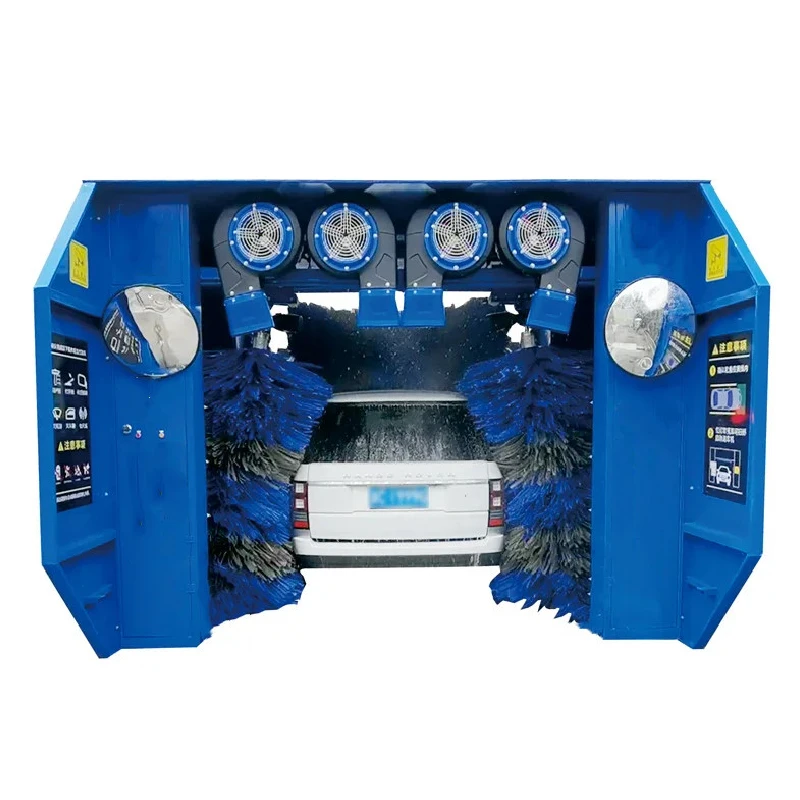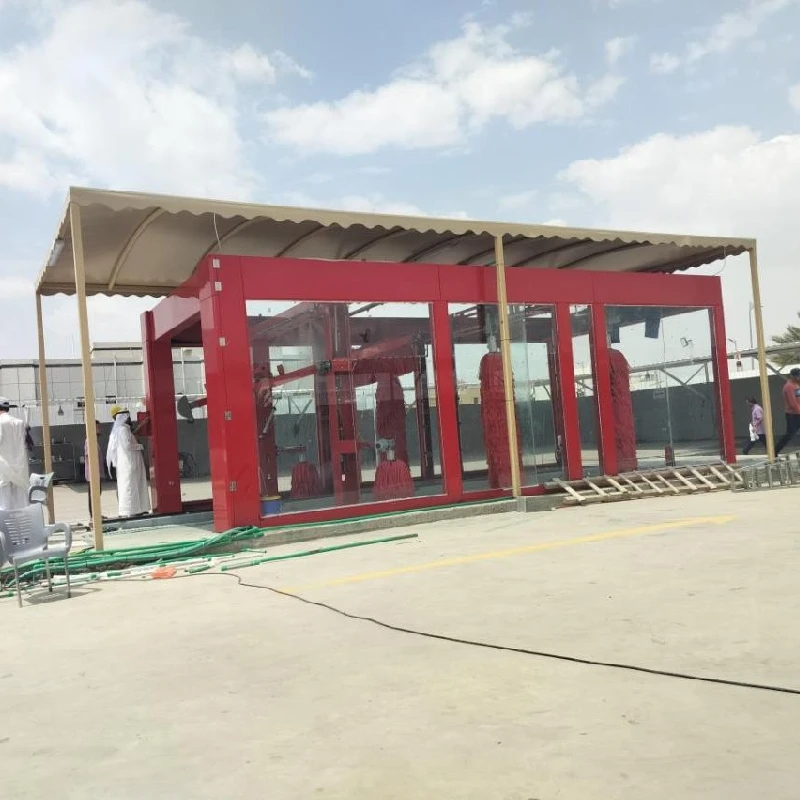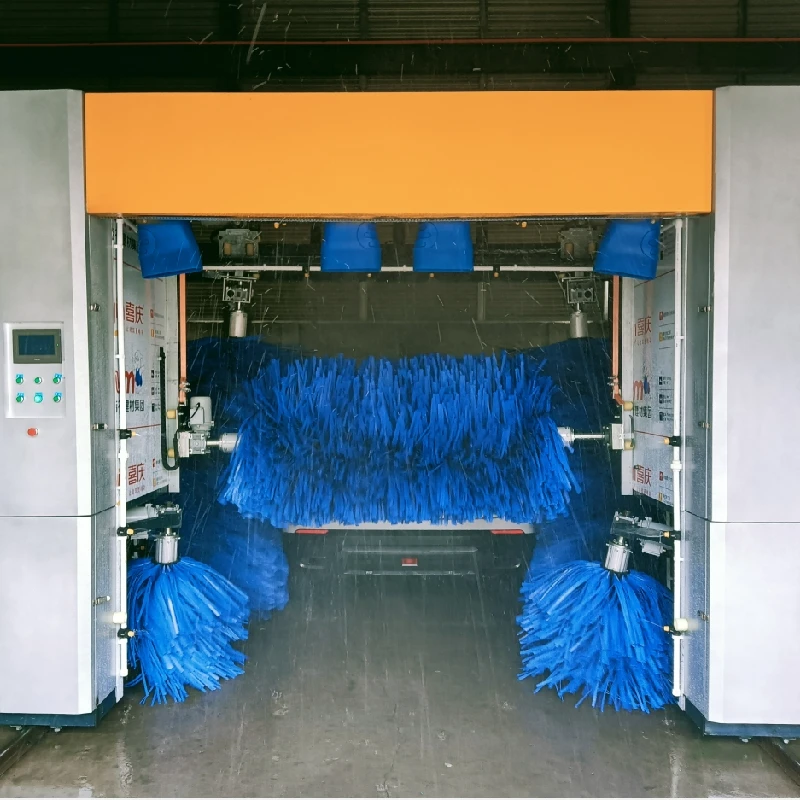Car Wash Equipment: Durable, Energy-Efficient, High-Output
Inside the New Wave of Automated Car Wash Equipment: Field Notes and Practical Specs
If you’ve spent time around wash bays (I have, too many cold mornings), you know the conversation has shifted from foam and brushes to data, uptime, and energy. Today’s car wash equipment is no longer a box with motors—it’s a connected, testable, configurable piece of capital equipment that has to prove ROI from day one.
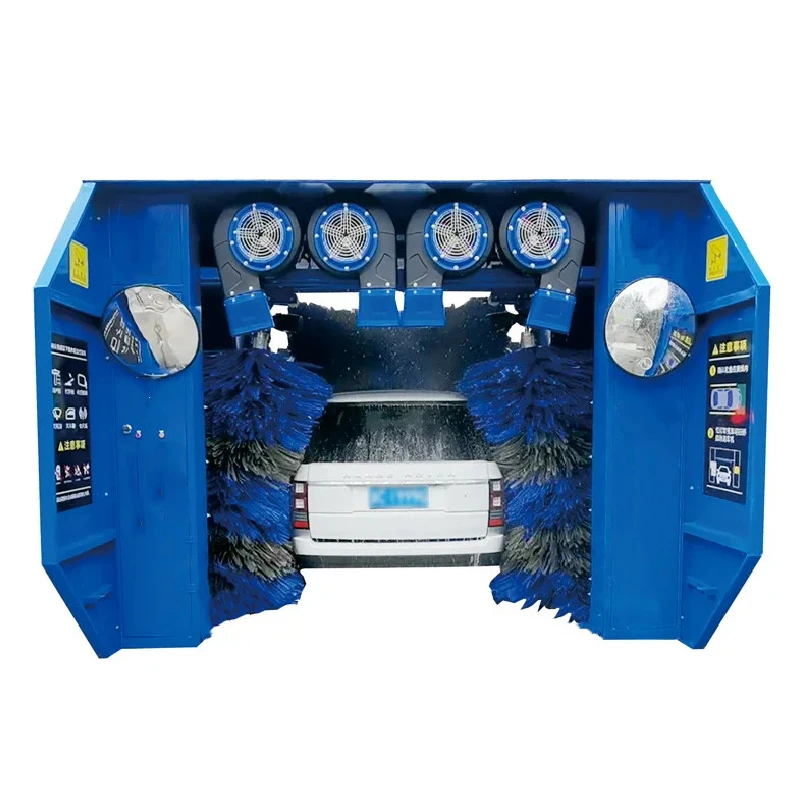
Product snapshot: Automatic/Gantry/Reciprocating machine with integrated air-dry
From Xingtai Dingyuan Energy Saving Technology Development Co., Ltd. (Origin: 27Retail Sales, East Of Fuxin Road, Qiaoxi Area, Xingtai, Hebei, China), this gantry-style unit combines automatic brushing, metered chemistry, high-pressure rinse, and an honest-to-goodness air-drying stage. Many customers say the drying alone cuts manual wipe-downs dramatically—our notes suggest around 60–70%, real-world use may vary.
How it’s built and why it matters
Materials: hot-dip galvanized steel frame (for corrosion resistance), 304 stainless manifolds, PE/EVA brush media, VFD-driven motors, photoelectric profiling sensors, and a PLC/HMI stack. Methods: foam pre-soak → soft-touch brush pass → high-pressure rinse → spot-free rinse → variable-speed blower dry. Testing wise, better shops are asking for salt spray validations and proper electrical safety documentation, which—honestly—should have been standard years ago.
| Spec (approx.) | Automatic/Gantry Unit |
|---|---|
| Power & Controls | 3Φ, 380–480 V, PLC + VFD, IEC-compliant wiring |
| Water use per cycle | ≈80–120 L with reclaim; 130–180 L without (site dependent) |
| Pump pressure | ≈10–14 MPa (1,450–2,000 psi) |
| Drying blowers | 18–30 kW total, variable speed |
| Cycle time | 3–6 min, program selectable |
| Service life | ≈8–12 years with quarterly PM and annual brush refresh |
Process flow and validation
- Materials & methods: galvanized frame + powder coat; caustic/neutral foams metered via peristaltic pumps; profile sensing for SUV/sedan contours; soft-touch brush engagement ≤25 N contact force (target).
- Testing: frame components verified via ASTM B117 salt spray (48–72 h typical); control enclosures to IP65; electrical safety per IEC 60204-1; CE alignment with 2006/42/EC. Noise measurements we’ve seen hover around 78–82 dB(A) near the bay entrance.
- Service checks: belts tension weekly, nozzle swap quarterly, VFD parameters backed up to HMI/USB.
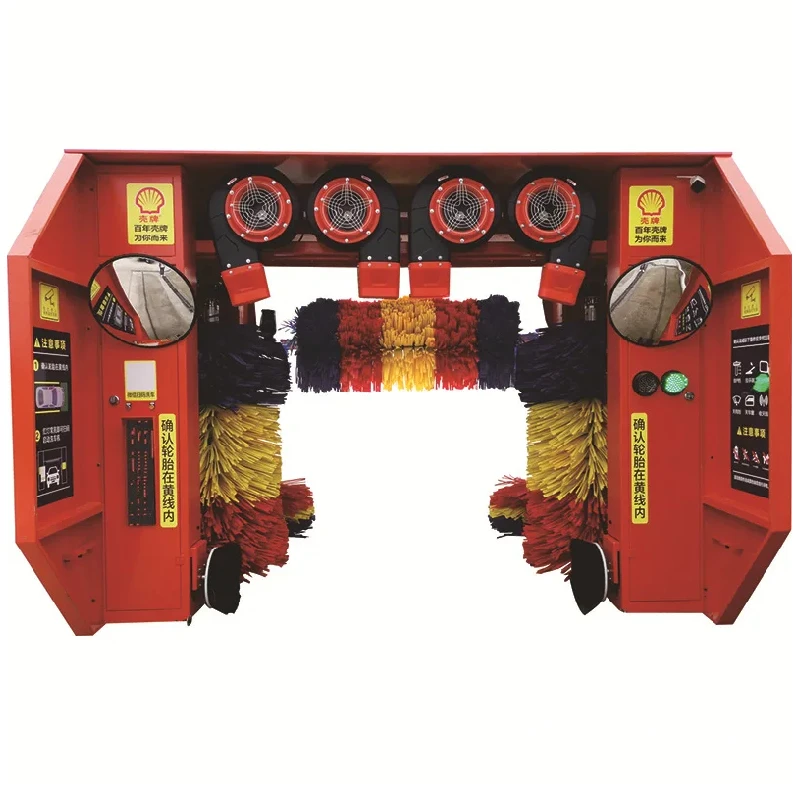
Where it fits
Dealerships (fast turnaround), fuel stations (ticketed add-on), rental and municipal fleets (predictable cycles). It seems that integrated dryers shine most where labor is tight—no surprise there.
Vendor landscape (quick take)
| Vendor | Drying power | Throughput | Water reclaim | Certs (typ.) | Price range |
|---|---|---|---|---|---|
| DY Car Washer (Xingtai Dingyuan) | 18–30 kW | ≈10–18 cars/hr | Optional 70–85% reuse | CE, ISO 9001 (factory) | Mid |
| Vendor A (regional) | 15–22 kW | ≈8–14 cars/hr | Optional | CE | Low–Mid |
| Vendor B (global) | 22–36 kW | ≈12–22 cars/hr | Integrated reclaim | CE, UL/CSA variants | Mid–High |
Customization and options
Bay width/height adjustments (SUV racks), brush media swaps (PE vs. cloth for delicate finishes), chemistry dosing profiles, token/QR/ANPR payment hooks, and branding wraps. To be honest, the best upgrade right now is a smart reclaim unit—water savings pay back faster than people expect.
Field data and feedback
A small fleet site we tracked reported 15% lower average cycle time after enabling adaptive blower RPM; dryness scores (shop’s own rubric) moved from 7/10 to 8–9/10. Surprisingly, brush wear was lower than expected at 40k cycles—operator attributed it to weekly brush grooming and correct chemistry. As always, your mileage will vary.
If you’re speccing car wash equipment for a dealership, prioritize footprint, dryer kW, and noise. For a convenience site, focus on unattended reliability and payment integrations. For municipal fleets, test access panels and PM intervals—the simplest things keep uptime high.
Authoritative citations
-
Car Wash Equipment – Durable, Efficient, Pro-Grade SystemsNewsNov.10,2025
-
automatic car washing machine price list: Fast ROI, Low CostNewsNov.10,2025
-
Car Wash Tunnel Design for High Throughput, ROI & UptimeNewsNov.10,2025
-
Car Wash Tunnel Design | High Throughput & Low MaintenanceNewsNov.10,2025
-
Automatic Car Washing Machine Price List - Fast ROINewsNov.10,2025
-
Car Wash Tunnel Design: High Throughput, Custom & DurableNewsOct.27,2025


